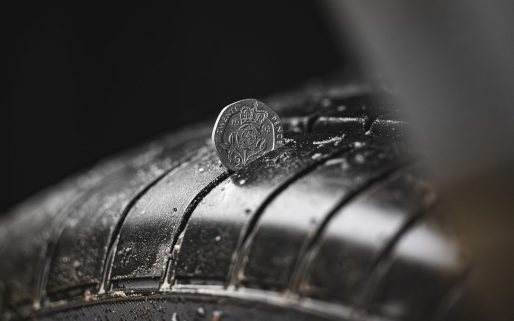Catalytic converter theft from cars isn’t a new crime, but it has increased significantly in recent times.
Police forces around the UK are advising owners of any car fitted with a catalytic converter to take precautions. In Toyota’s case it is second and third-generation Prius models (2004-2009 and 2009-2016 respectively) and second-generation Auris Hybrids (2012-2018) which have been particular targets for thieves.
Below we’ve gathered the best advice for Toyota owners who may be concerned.
What is a catalytic converter?
The catalytic converter is part of the car’s emissions control system. It cleans up the exhaust gases before they are expelled from the car through the exhaust pipe. Its internal elements react with the gases, breaking them down into less harmful substances and water vapour. All new cars sold in Europe since 1993 have had to be fitted with a catalytic converter by law.
Why are they a target for thieves?
Clearly the police are best placed to offer advice on the motives behind this crime. But we understand that the value of the catalytic converter for recycling is the main attraction to thieves, because it contains precious metals such as rhodium, platinum and palladium.
What can owners do to stop their cars being targeted?
Some owners have chosen to tag their catalytic converters with an invisible yet traceable forensic marking solution, such as that provided by SmartWater. This means that a stolen catalytic converter can be traced to a specific crime, helping police in their attempts to fight the organised gangs responsible. It also raises the risk to all those handling the devices along the criminal chain, from theft to eventual disposal and recycling. Mechanical theft prevention products such as Catloc devices can also deter thieves.
However, it must be noted that catalytic converter theft is a criminal operation and the scope of owners is therefore limited. Police forces are taking action, so it is important for anyone who is a victim of this crime to report it as quickly as possible.
In the main, older cars are more likely to be targeted. This is because advances in efficiency and technology mean the latest generations of catalytic converters contain vastly lower amounts of precious metals, while still doing their job just as well or even better. This means their value for recycling is very low and they are not attractive to thieves.
Does a mechanical lock give my car 100% protection from thieves?
Sadly not. It can make theft more difficult but thieves are using high-powered cutting tools to remove catalytic converters and because of this it is not possible to make them ‘unstealable’. A mechanical locking device makes it harder to steal a catalytic converter because it slows down thieves and therefore acts as a deterrent.
If I’m worried about my Toyota model, what should I do?
If you are worried about potential catalytic converter theft from your Toyota, we recommend you use our locator tool to find your nearest Toyota centre and contact them to discuss the best way to protect your car.
This article was last updated on 2 November 2024, so some of the responses to reader comments below have been superseded by more recent information.





Hi
I have got a 2019 CHR Hybrid – NG19 ***
I would like to know if CAT converter is prone to theft.
Br,
Rohit
Good morning Rohit,
Please get in touch with your local Toyota Centre to find out more about additional security measures available for your car.
Thank you.
Looking to buy used Toyota prius CN18 from 2018. I would like to ask about the type pf risk and mechanical solucion Toyoya offers? Aprox cost? And about Toyota insurance cover as many companies rejecte insurance the car?
Hi Antonio,
It’s great to hear you are considering purchasing a Prius.
Please get in touch with your local Toyota Centre to find out more about additional security measures available.
Thank you.